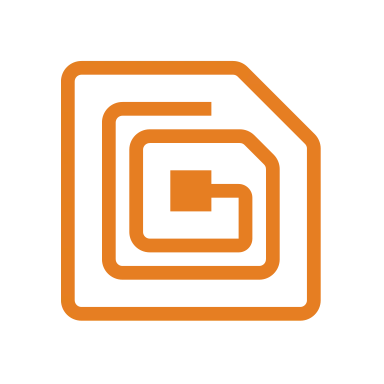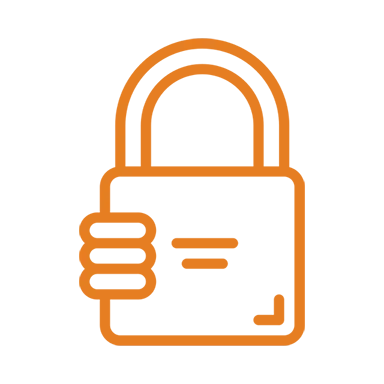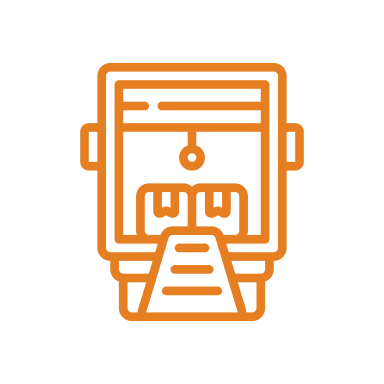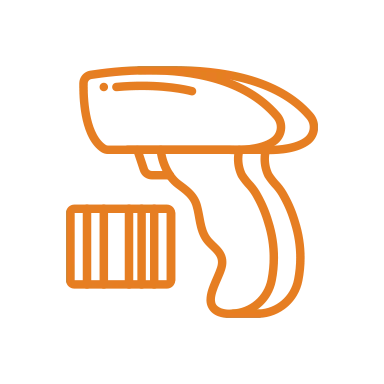On of the biggest challenges facing hospitals and medical facilities is ensuring accurate equipment and inventory numbers. On average nurses spend about an hour searching for equipment during a 10 hour shift. Important equipment such as EKG machines, infusion pumps, and handheld scanners are all items that must be readily available to treat patients at medical facilities. But, far too often vital equipment is getting stashed away in the wrong places. Not only do these hidden equipment result in delays in patient care, but they also hinder preventive maintenance and recalls, which can put staff and patients at risk. A common solution to the problem is to purchase more equipment. But many hospitals end up stocking at least 20 percent more equipment than they need and use only thirty to forty percent of the equipment they have.
What is Hoarding?
As one can imagine, it can be quite frustrating to consistently hunting down equipment in order to properly treat patients. So, instead of dealing with the frantic search for needed equipment, nurses and medical workers may start hiding equipment away for future use. While this will likely help medical employees ensure they have the right equipment when they need it, it can significantly curtail the overall performance of a healthcare facility. Inaccurate inventory numbers, longer patient wait times, and missed scheduled equipment maintenance are all problems that can be cause by hospital equipment hoarding.
Whether it’s a utility closet, personnel locker, or elsewhere, misplacing medical equipment puts the facilities at a great disadvantage. Here are a few modern solutions to help medical facilities reduce hospital equipment hoarding.
RTLS
RTLS (Real Time Location Systems) helps hospitals improve productivity by automating inventory, usage reports, and contact tracing. It also allows staff to check-in and check-out key equipment without the need for human intervention. By reducing the fear of missing equipment, RTLS improves hospital operations and improves patient care. It has been shown to save hospitals up to 10 percent in labor costs each year. However, there are some caveats.
Inaccuracy of data is one of the major barriers to user acceptance. Studies show that staff is not fully trained on new technologies, and inaccuracies lead to discouragement. Therefore, healthcare procurement teams should not take vendor marketing information at face value. A vendor with less financial stability is likely to pressure staff into buying products and solutions. This is a significant risk factor. The benefits of RTLS for hospital workflow management are numerous and must be evaluated carefully to ensure it’s a good investment.
Implementing an RTLS for a specific application requires thorough research to ensure that the system works properly. Considering the high-risk nature of hospital equipment, the RTLS solution should be selected carefully. Its price is a crucial consideration. It should be installed at a cost of less than 10% of hospital equipment’s replacement cost. It also provides an excellent security solution, making it an effective asset management solution.
RTLS can reduce patient waiting and transfer times. It can track equipment due for testing, maintenance, and inspection. Additionally, it can synchronize bed cleaning and housekeeping tasks with patient discharge. RTLS also tracks real-time notifications about patient status, so patients are transported and cleaned faster. This technology also helps hospitals improve the patient experience. There are many other benefits to RTLS, but this technology is not the only benefit.
Share Information About Inventory
One way to combat hospital equipment hoarding is to pool resources. This concept can be used for both physical and human resources. Instead of focusing on one department, hospitals should pool inventory across departments. To make this model work, hospital inventory should be shared across health systems. The Netherlands, for example, pools information about ICU bed availability and obstetrics beds. By doing this, hospitals can manage their inventory as one single resource and allocate beds through a single call center.
Sharing information about hospital inventory is critical, but it also requires a high level of trust. Sharing information about hospital equipment inventory will not magically solve shortages of physical materials. In fact, bad information may make shortages even worse. The result is hoarding. Here’s how to share information about hospital equipment inventory with patients. This method requires both trust and accountability from all parties involved. Share information about hospital inventory to reduce hospital equipment hoarding and keep supplies in good shape.
Distance Learning
In the field of healthcare, it is vital to reestablish trust with clinical staff members. By improving communication and workflow automation, hospitals can reduce the number of equipment purchases. This will help them reduce the perception of equipment shortages, and allow clinical staff to focus on patient care. Hospitals can also use this knowledge to reduce the number of purchase requisitions and reduce equipment hoarding.
Traditionally, new equipment comes with in-person training from the manufacturers. This training gives clinicians and engineers the opportunity to ask questions and learn about the new equipment. But in the COVID-19 era, hospitals are stretched so thin, they cannot afford to spend hours each week on training. This also increases exposure risks. Therefore, distance learning is an important option for hospitals to improve efficiency. Distance learning has many advantages and can help hospitals reduce hospital equipment hoarding.
Moreover, distance learning allows hospitals to improve communication and collaboration between staff members. Distance learning helps employees better communicate with colleagues, which is an essential component for efficient care. This approach also enables nurses to share information with other staff members and other facilities. The result is better care for patients and improved staff morale. With the right distance learning program, a distance learning hospital can reduce hospital equipment hoarding and improve patient care.
PAR alerts
Several hospitals have access to data from inventory management systems that allow them to analyze usage patterns. Too much inventory can cost hospitals hundreds of thousands of dollars per year. Analysis of usage data allows hospitals to determine areas of waste and where they can improve efficiency. For example, hospitals that have excessive inventory can eliminate stockouts by using real-time data to identify items that are slow to move and items that are no longer in use.
By ensuring that inventory levels are always at appropriate levels, PAR alerts help hospitals restock nursing units before they run out of equipment. By ensuring that nurses have the correct equipment when they need it, they can prevent overstocking and waste while simultaneously improving patient care. The benefits of using these alerts far outweigh the costs, and the savings accrue to the hospital over the long term.
One common problem is keeping track of valuable equipment. Because hospital staff and departments use equipment at different times, it’s hard to keep track of everything. Equipment that goes missing can jeopardize patient care, or even be misplaced, leading to an overstock of equipment. Unfortunately, most hospitals haven’t developed a solution to this problem, and rely on sign-out sheets and honesty policies.
Oftentimes, hospitals stock 20% more equipment than they actually need. By having the equipment accounted for, preventive maintenance and recalls can be performed without putting patient safety at risk. RTLS can help manage the par levels of mobile medical equipment, eliminating the root of this problem and preventing patient care delays. The best part? PAR alerts are free! You can download a free version of this paper for testing on your hospital’s equipment.
Forecasting Demand
For hospital supply chains, accurate demand forecasting is key to providing essential health products, as well as maintaining a productive supply chain. Accurate demand forecasting allows for optimal stock orders, which eliminates over and under-ordering, resulting in stockouts and expired/wasted products. Demand forecasting at the clinic level is the basis for district-level and national procurement. To improve forecasting, clinics should consider the following factors:
Medical services are a major concern for public healthcare agencies. Timely provision of medical services is closely related to medical resource allocation. Detailed analysis of historical and current medical service demand provides reliable information for planning and management. Time series analysis is an effective tool for trend-based forecasting. It allows analysts to identify patterns in historical data and extrapolate them into the future. For hospitals, the proposed model is useful in determining the required medical equipment in various departments.
The use of advanced forecasting models is a critical component of medical equipment supply chain management. With this information, hospitals can allocate critical resources and reduce costs associated with over-stocking. This helps states to better utilize limited resources and reduce the risk of over-investment in hospital equipment. However, hospital supply chain managers should keep in mind that the need for medical equipment may change rapidly. In the long run, forecasting the demand for medical equipment will allow the hospital to better use its resources.
The World Health Organization recently warned that the global supply of PPE, N95 sanitizers, and testing kits could be severely disrupted. In addition, rising competition and hoarding can lead to inappropriate purchases. In fact, the World Health Organization recently recommended that leading industry players increase their production capacity by almost 40%. The increased production capacity is the key to reducing hospital equipment hoarding.
Start Tracking Hospital Equipment More Effectively with CYBRA’s Edgefinity IoT Software
In addition to tracking hospital equipment, the right tracking software can assist medical facilities in monitoring patient medication, maintaining accurate asset inventory levels, reducing theft, and even preventing patient elopement. CYBRA’s Edgefinity IoT offers a wide range of tracking solutions for hospitals and medical facilities. Contact our RFID experts today to learn more about RFID and to request a free consultation.















